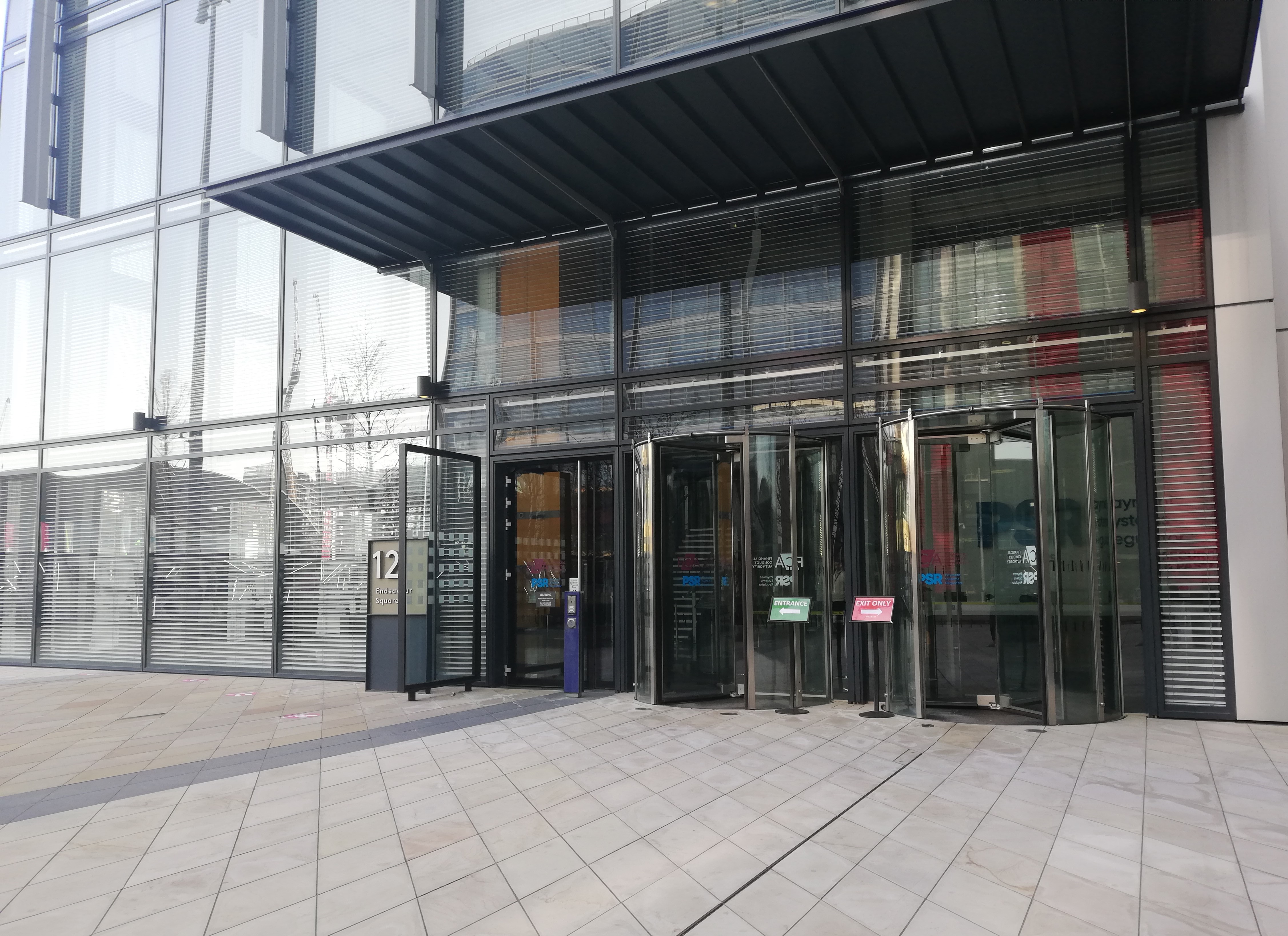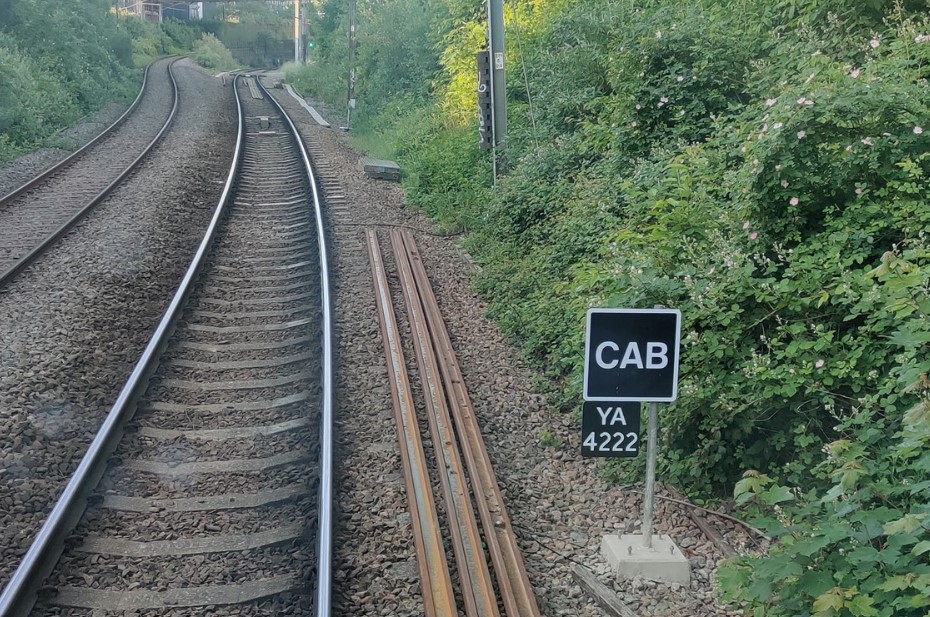Following a series of incidents both in the UK and overseas, Martin Allen-Smith looks at the challenge of handling drone-related interruptions to major key transport hubs, and considers the steps being taken to minimise the future threat
When it comes to coping with disruption within a tightly-packed schedule of flights from some of the world’s busiest airports, there is very little margin for flexibility. Most major hubs run at (or very close to) capacity, so even minor delays and cancellations can quickly turn into large-scale incidents.
While weather or accident-related incidents are well-rehearsed by airports and the airlines that use them, recent cases of drones spotted flying close to runways have brought the risk of malicious interference in the operation of flights into sharp focus. The December 2018 incident at Gatwick caught the UK aviation sector largely unprepared, with the resulting shutdown estimated to have cost the airport’s partners and stakeholders over £50 million. Just a month later, a similar (though far less disruptive) case also hit Heathrow Airport, although operations there were restored within an hour.
Transport and accommodation provider CMAC Group found itself very much at the centre of the logistical fallout caused by having thousands of passengers stranded at Gatwick during the run-up to Christmas, one of the airports busiest times of the year. The company received an initial call from a ground handling agent that they were experiencing cancellations at Gatwick. At that stage, it was not aware of the reason, but in circumstances like these, it monitors TV news channels and Twitter at its 24/7 call centre to understand if there are any wider implications to the disruption.
It soon became clear that this was going to be a severe disruption with no clear duration in place. CMAC’s operations team began ringing local ground transport companies as well as those based at other UK airports to gauge availability (in case of diverted aircraft).
During this event CMAC’s pre-planning with a leading UK airline became invaluable when minimising disruption to their passengers. The aircraft, that were due to land at Gatwick, were given options of which airport to divert to. The airline worked with CMAC’s operations team to advise on the best airports with coach availability in order to transfer their passengers back to Gatwick airport.
Although the scale of the disruption was clear to see from widespread news coverage, the reality of the logistical challenges on the ground were even more profound. During the three-day period, CMAC booked over 540 coaches and almost 10,000 taxi journeys, making this one of the busiest 72 hour periods in the company’s history.
Added to that was the issue of passengers who could not realistically be transported to their next destination – those a long way from home or who were simply transferring flights and found themselves caught up in the problems. Once CMAC became aware during the first few hours of the airport closure that this may continue for some time, it began assessing availability of hotel rooms in case passengers needed to be accommodated overnight. It worked with local hoteliers, who understood the unusual nature of the situation, and were able to provide flexibility when it came to booking, in some cases keeping restaurants open and making additional reception staff available to deal with the influx of guests during the early hours.
Future prevention
This incident tested the business continuity plans of many companies involved with Gatwick Airport and passenger travel, and, once normality was restored following both the Gatwick and Heathrow cases, attention turned to the wider issues surrounding such an incident – specifically, how to prevent a repeat.
This is an apposite question given the steadily rising number of drones in the UK. Figures from the UK Civil Aviation Authority show that the number of operators with permission for the commercial operation of drones rose to 4,530 in 2018 – a sharp increase from the 110 in 2013 and 1,769 in 2016. These numbers alone make it clear that preventative action is required from both the aviation industry and governmental authorities at both a national and international level.
The concerns are not merely brought about by the number of drones now in use – they are based on worrying figures about the rising number of drone intrusions into UK airport airspace, which soared by over 34 per cent in 2018, according to a report by air safety body the UK Airprox Board. Its report found that there were 125 dangerous encounters between aircraft and drones recorded in 2018, compared with 93 and 71 in 2017 and 2016 respectively. Nearly a third (39) took place at London Heathrow, while 10 occurred at Manchester Airport.
The UK government reacted to the most recent incidents by bringing forward proposed rules that would tighten up the regulations around drone use. These measures include giving police additional powers to land, seize and search drones, and to extend the exclusion zone around airports. The new restriction zone will include an airport’s aerodrome traffic zone as well as 5km by 1km extensions from the end of runways to protect take-off and landing paths. All drones will be restricted from flying within this zone unless appropriate permission is granted. Meanwhile, a new requirement will be introduced in November for drone operators to register their details, and the government has also outlined its intention to consider expanding the use of technology for detecting and repelling drones in sites such as airports and prisons.
Aviation minister Liz Sugg said: “The highly irresponsible and dangerous disruption caused by drones to flights at Gatwick and Heathrow airports recently highlighted the risks. While the use of drones at Gatwick and Heathrow was already illegal, it is extremely important that regulation provides protection which reduces, as much as possible, the airspace where drones and manned aircraft can come into close proximity with each other.”
During December’s Gatwick shutdown, there was a great deal of speculation in the media about technology solutions for such a problem. Certainly, a number of companies are developing technologies to tackle drones, but they are yet to be authorised for commercial or airport use. Options that have been discussed include radio frequency jammers, firearms, electromagnetic pulses, lasers, as well as anti-drone nets, as well as drone tracking and monitoring software systems designed to enable prompt identification of any drone-related threat to aircraft safety.
Cesar Cerrudo, CTO at cyber security company IOActive, believes the “commercialisation of drones” has led to potential for harm, with many of the consequences having not been properly thought through, adding that while military drones are rigorously tested and built with security in mind, commercial drones do not face such scrutiny. “Manufacturers of [commercial] devices are more concerned with getting their product to market than ensuring cyber security,” he says. “But they have the ability to create mass disruption, as well as potentially putting passenger safety at risk.”
He warns that we could see drones move from merely being a disruption to being used as a vehicle for a more damaging attack. As drones improve in range and functionality, and reduce in cost, their weaponisation could become common as poor cyber security could allow commercial drones to be hijacked by attackers. “They could programme these drones to fly to specific GPS coordinates to launch cyber attacks on WiFi networks, or other kind wireless networks, while the attacker is miles away. The airline industry, government, and manufacturers of these products all need to be vigilant and aware and there needs to be greater accountability.”
This article was published in the May-June 2019 issue of CIR Magazine.
Download as PDF
More interviews and analysis
Contact the editor
Follow us on Twitter
Printed Copy:
Would you also like to receive CIR Magazine in print?
Data Use:
We will also send you our free daily email newsletters and other relevant communications, which you can opt out of at any time. Thank you.











YOU MIGHT ALSO LIKE